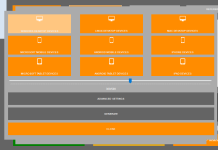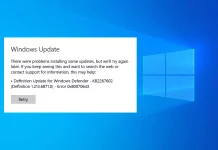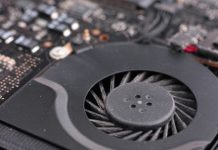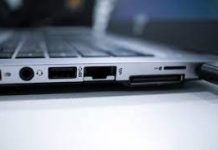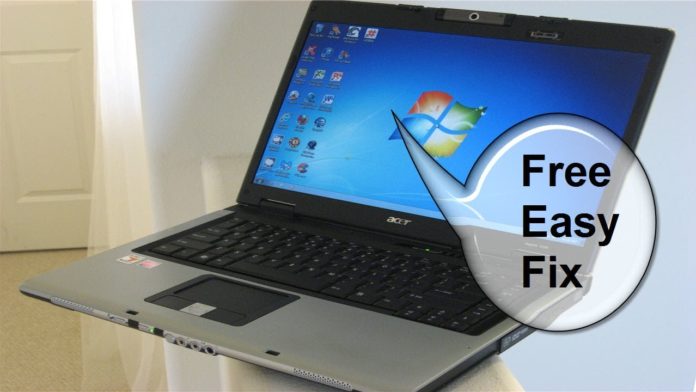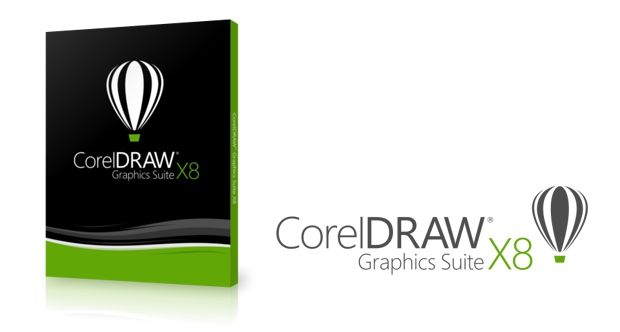Some laptops can be configured to not charge to 100%. This is typical. 95-100% battery life is considered a full charge. Something to do with making the battery last longer.
Also, Laptop battery contain cells, typically six. Each cell hold a certain amount of charge. Together they provide correct voltage and amperage for pc. Some cells “weaken” over time and take longer to charge. The charging circuit stops the process when the strongest cell reaches capacity. This is why you see a non 100 percent yet it says fully charged. Sometimes you can remedy this by completely draining battery and charging
Note: Intel-based computers may stop charging between 93 and 99 percent.
Resolution
This is normal. The batteries used in these computers are designed to avoid short discharge/charge cycles in order to prolong the overall life of the battery.
To allow the adapter to recharge the battery to 100%, simply allow the charge to drop below 93%. The adapter will automatically recharge the battery to 100%.
Troubleshoot 1
- Power off the laptop.
- Remove the battery out. If the battery is integrated and does not have a latch to release it then leave the battery inside the laptop.
- Disconnected AC adapter from the laptop.
- Press and hold the power button for 15 seconds.
- Reconnect the battery and plug the AC adapter.
- Power ON the laptop.
Battery Drivers
uninstall the battery drivers by following he blow steps:
1. Go to Start, search for Device Manager, and open this result.
2. Expand batteries.
3. Right-click on the ACPI option (usually the 2nd option) and select delete or uninstall. Follow the prompts.
4. Shut down the computer.
5. Disconnect the charger.
6. Remove the battery.
7. Hold down the power button for 1 minute.
8. Insert the battery only.
9. Attempt to turn the battery on.
Battery Report:
Windows can generate a “Battery Report” which will show the design capacity and the current capacity of your battery. For Apple users, you can find your battery health statistics in System Settings > Hardware > Power. These two numbers will almost always be slightly different, but you will be able to see if there is a substantial reduction in capacity. If the disparity is great enough your computer will recommend that you change the battery. If the short runtime bothers you a new battery will help.
Software Calibration
There is also a chance that the computer’s battery software is no longer correctly calibrated. This can be a result of swapping between batteries often, not rebooting your computer often enough or simply installing a new battery. Sometimes your laptop can have trouble distinguishing between a new replacement battery and the older worn out battery. The new battery usually is charging to 100% even though the power gauge software doesn’t correctly represent this.
Often with new batteries, the operating system is unable to correctly measure the charge in the new battery. Your battery may be fully charged, but the power gauge is giving you a false reading. This can be because of some stored data relating to the former battery. If your laptop battery is not charging to 100% you may need to calibrate your battery.
Laptop Battery Power Cycle:
- Power down the computer.
- Unplug the wall adapter.
- Uninstall the battery.
- Press and hold the power button for 30 seconds.
- Re-install the battery.
- Plug in the wall adapter.
- Turn on the computer.











